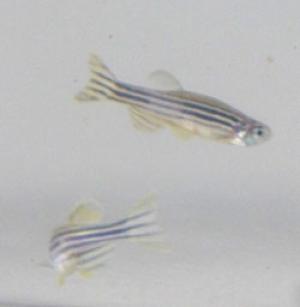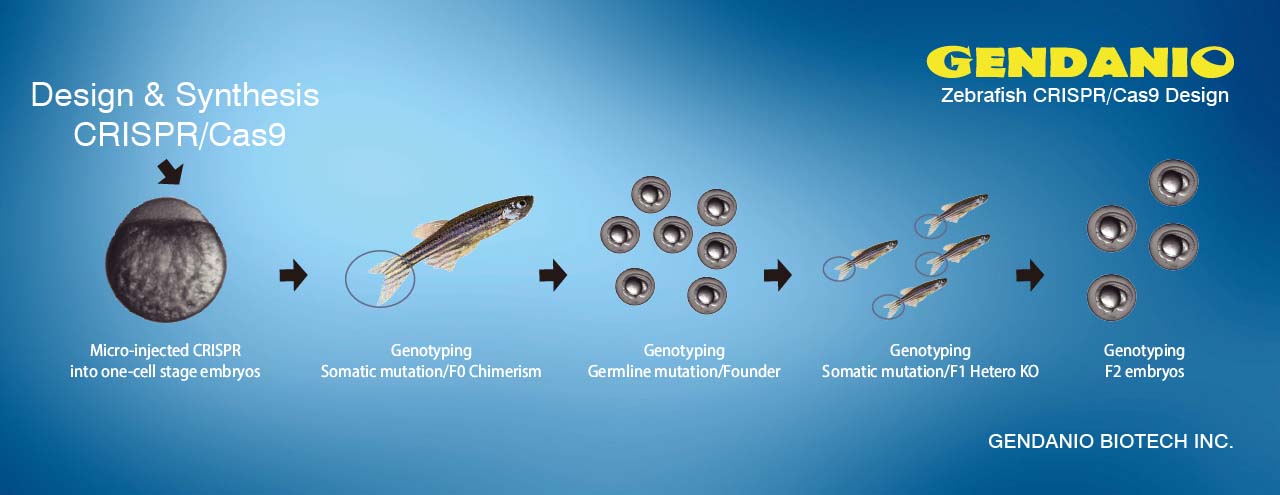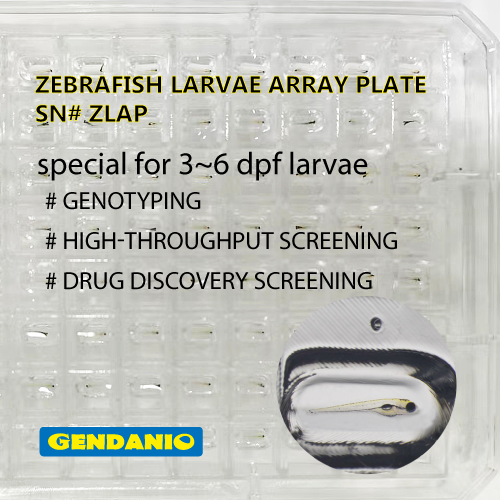ScienceDaily (Aug. 1, 2007) — Zebrafish cost about a dollar at the pet store. They grow from eggs to hunting their own food in three days. Adults can lay up to 500 eggs at once... and you have more in common with them than you think.
"For all their differences, humans and zebrafish aren't that dissimilar," said Rice University zebrafish expert Mary Ellen Lane. "For every zebrafish gene we isolate, there is a related gene in humans."
In her most recent work, Lane, graduate students Catherine McCollum and Shivas Amin, and undergraduate Philip Pauerstein zeroed in on a gene called LMO4 that's known to play roles in both cell reproduction and in breast cancer. Using the tools of biotechnology, the team studied zebrafish that couldn't transcribe the LMO4 gene, and they observed marked enlargement in both the forebrain and optical portions of the embryos.
When they overexpressed the LMO4 gene, making more protein than normal, those same areas shrank. "The study suggests that LMO4 independently regulates two other genes that promote growth in those areas of the embryo," said Lane, assistant professor of biochemistry and cell biology. "It fills in another piece of the bigger picture of what's going on during neurological development."
Zebrafish -- like rats and fruit flies before them -- are becoming regular contributors on research ranging from cancer to cocaine addiction. For example, zebrafish were used a landmark 2005 study that led scientists to the human gene that regulates skin color.
Lane's zebrafish studies explore one the major unexplained areas in developmental biology -- how the brain and central nervous system develop. It helps that zebrafish embryos grow from just a single cell to having a forebrain, hindbrain, spinal column and eye within a scant 24 hours. It also helps that the embryos are transparent and develop outside their mothers' bodies -- and can thus been seen under a microscope at every step of their development.
"It's a beautiful organism for experiment," Lane said. "It develops in a very regular way, so any abnormality is easy to spot, even for undergraduates with only a few days training."
The study will appear later this year in the journal Developmental Biology.
Soruce: ScienceDaily






















